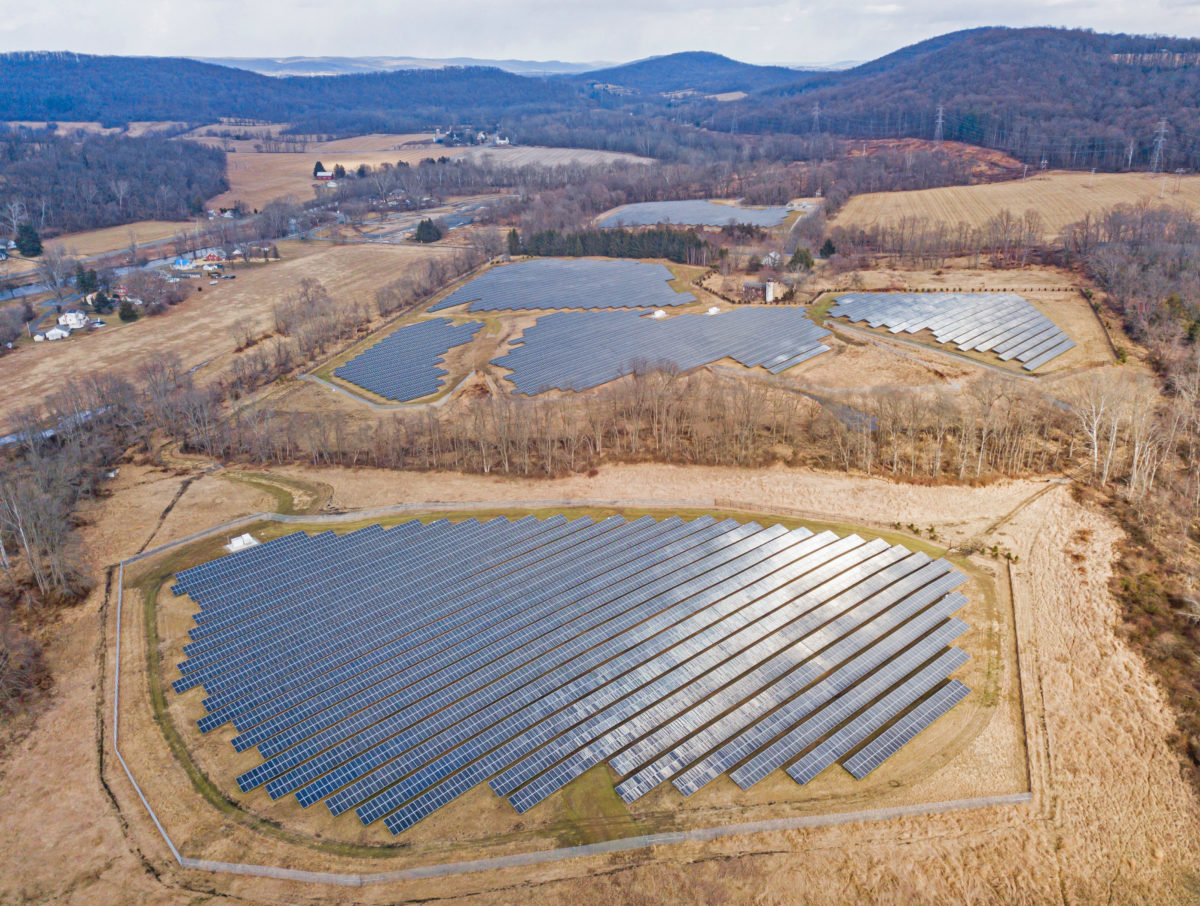CEP Renewables, a solar developer with a penchant for building on brownfields and other difficult-to-develop locations, has completed phase II of a soon-to-be 24 MW solar installation on the site of the former Hughesville Paper Mill in the Township of Holland, New Jersey.
Following the completion of phase II, the project is now 16 MW in capacity, with the remaining 8 MW set to come in phase III. Construction on phase III is expected to begin in the 4th quarter of 2021.
The Environmental Protection Agency (EPA) Superfund program is responsible for cleaning up some of the nation’s most contaminated land and responding to environmental emergencies, oil spills and natural disasters.
Built in 1907, The Milford Paper Mill encompassed over 73 acres, but when it closed in 2003 only 21 acres could be built on. It was listed as a Superfund site in 2009 and the EPA conducted several elements of the site’s cleanup. The process included removing hazardous materials, storage tanks, oil-containing electrical equipment, asbestos, construction and demolition debris, concrete, scrap metal, and over 10,500 cubic yards of contaminated soil.
An hour North up route 182, CEP is developing another solar project on an EPA Superfund site: the 25.6 MW community solar installation on the site of the former Combe Fill North Landfill. Once complete, the project will be among the largest solar installations developed on a capped landfill in the nation. It is expected to provide clean power for over 4,000 homes. There is currently no public timetable for project development and construction.
New Jersey is the state with the highest number of Superfund and brownfield sites in the nation.
This content is protected by copyright and may not be reused. If you want to cooperate with us and would like to reuse some of our content, please contact: editors@pv-magazine.com.









By submitting this form you agree to pv magazine using your data for the purposes of publishing your comment.
Your personal data will only be disclosed or otherwise transmitted to third parties for the purposes of spam filtering or if this is necessary for technical maintenance of the website. Any other transfer to third parties will not take place unless this is justified on the basis of applicable data protection regulations or if pv magazine is legally obliged to do so.
You may revoke this consent at any time with effect for the future, in which case your personal data will be deleted immediately. Otherwise, your data will be deleted if pv magazine has processed your request or the purpose of data storage is fulfilled.
Further information on data privacy can be found in our Data Protection Policy.